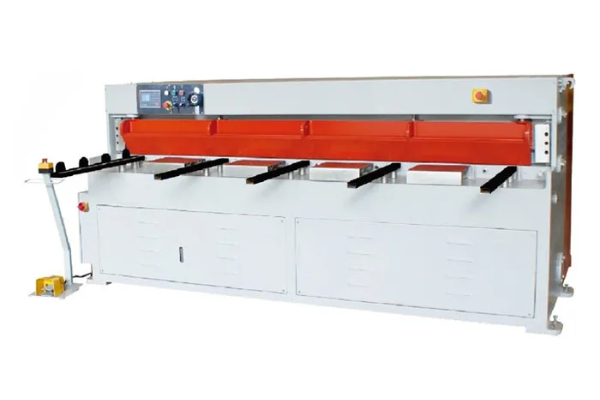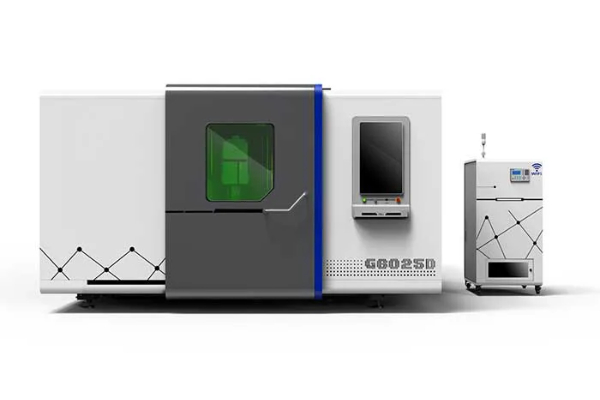
How to Set Up and Calibrate Your Sheet Metal Folding Machine
- By:Metmac
- 2024-08-01
- 152
How to Set Up and Calibrate Your Sheet Metal Folding Machine: A Comprehensive Guide
When precision matters, the meticulous setup and calibration of your sheet metal folding machine become paramount. Mastering this crucial process empowers you to execute crisp, accurate bends, elevating your craftsmanship to new heights. In this comprehensive guide, we’ll unveil the secrets to maximizing your machine’s performance and ensuring impeccable results.
Step 1: Initial Setup
Securely Anchor the Machine: Firmly bolt your folding machine to a stable surface to minimize vibrations during operation.
Calibrate the Base Plate: Ensure the base plate is parallel to the beam using a precision level. Adjust the leveling screws as needed.
Set the Beam Stop: Position the beam stop to control the precise angle of the bend. Use a protractor or angle finder for accuracy.
Install the Bending Tools: Choose the appropriate dies and punches for the desired bend profile and material thickness. Align and secure them carefully.
Step 2: Calibration
Set the Bending Depth: Calibrate the machine to achieve the desired bend depth. Typically, you’ll set the beam down to a specific measurement on the scale.
Adjust the Hold-Down: Ensure proper hold-down pressure to prevent the sheet metal from slipping during bending. Adjust the pressure setting according to the material type and thickness.
Test and Fine-Tune: Perform a test bend on a scrap piece of material. Observe the bend quality and make any necessary adjustments to the calibration settings.
Advanced Techniques
Compensate for Springback: Metal tends to “spring back” after bending. Calibrate the machine to overbend slightly, compensating for this effect.
Use a Gauge Backstop: A gauge backstop assists in precise positioning of the sheet metal for consistent bends.
Inspect and Maintain Regularly: Regularly inspect all moving components and adjust as needed to maintain optimal performance.
Benefits of Proper Setup and Calibration
Enhanced Accuracy: Precision bends lead to superior product quality and reduced waste.
Increased Productivity: Efficient setup and calibration streamline the bending process, saving time and resources.
Reduced Maintenance Costs: Properly calibrated machines experience less wear and tear, prolonging their lifespan.
Greater Customer Satisfaction: Delivering precisely bent sheet metal products consistently delights customers.
Conclusion
Setting up and calibrating your sheet metal folding machine is crucial for achieving exceptional bending results. By following these comprehensive guidelines, you can unlock the full potential of your machine, ensuring accuracy, productivity, and unparalleled craftsmanship. Remember, the devil is in the details, and meticulous calibration is key to bending mastery.
-
Advanced Sheet Metal Rolling, Cutting, and Folding Machines for Efficient Fabrication
2025/10/22 -
High-Precision Sheet Metal Bending and Cutting Solutions for Modern Manufacturing
2025/10/22 -
High-Precision Solutions from Leading Sheet Metal Cutting Machine Manufacturers
2025/09/11 -
Reliable Sheet Metal Equipment for Sale to Support Precision Fabrication
2025/07/17
-
Advanced Sheet Metal Rolling, Laser Cutting, and Folding Machines for Precision Fabrication
2025/10/31 -
High-Performance Sheet Metal Bending and Cutting Machines for Modern Fabrication
2025/10/31 -
High-Quality Sheet Metal Equipment for Sale: Efficient Solutions for Modern Manufacturing
2025/10/31 -
High-Performance Sheet Metal Equipment for Sale: Forming and Shearing Solutions for Modern Fabrication
2025/10/22
-
A Guide to the Latest Innovations in Sheet Metal Folding Machines
2024/11/29 -
Key Features to Consider When Investing in a Sheet Metal Folding Machine
2024/11/28 -
Enhancing Precision with Advanced Sheet Metal Folding Machines
2024/11/27 -
How to Choose the Right Sheet Metal Folding Machine for Your Workshop
2024/11/26






